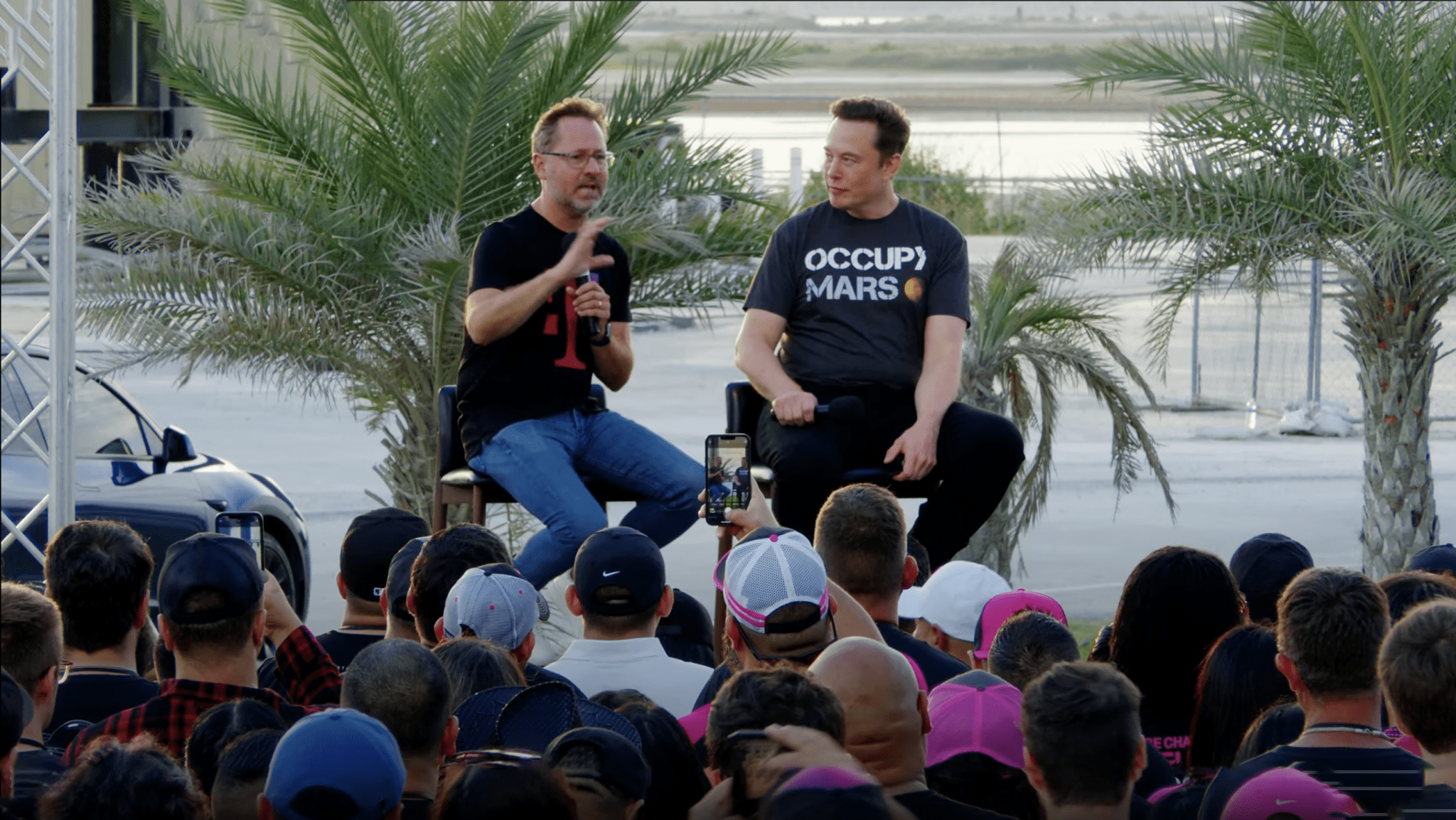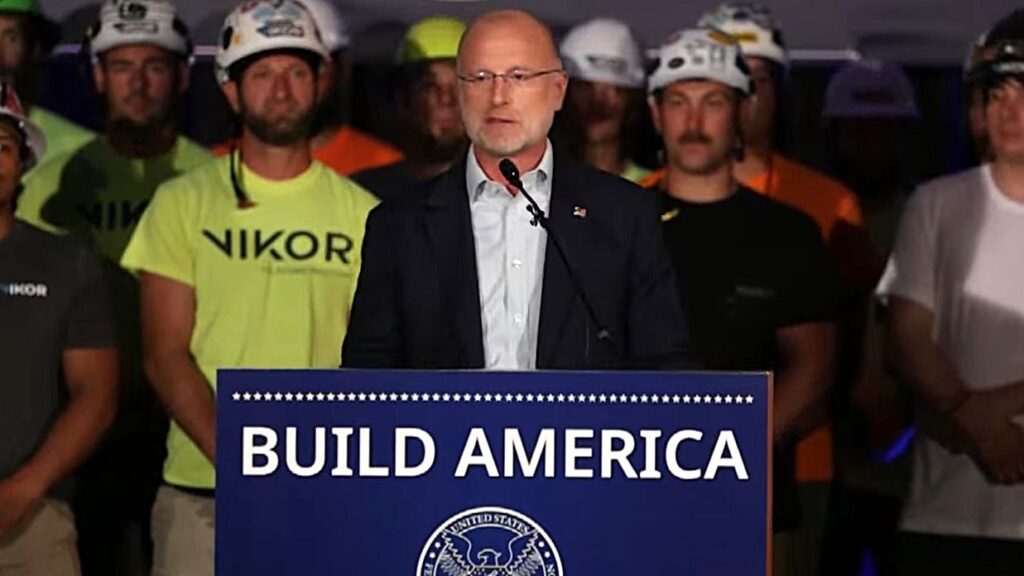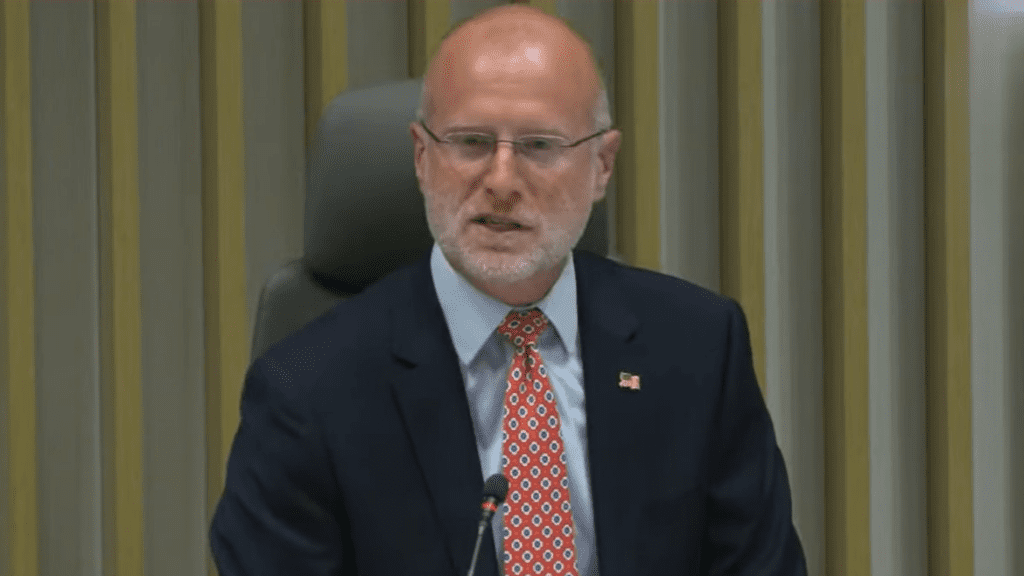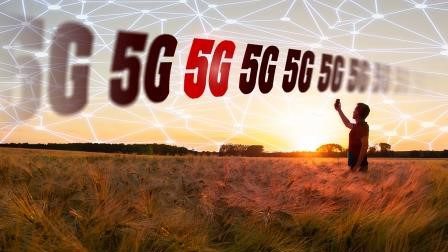T-Mobile/SpaceX Alliance Aims to “End Mobile Dead Zones”
Randy Sukow
|

The two parties are careful to emphasize that they were announcing a technology alliance and not a new product. Several technical hurdles lay ahead. But the goal is ambitious. T-Mobile and SpaceX intend to combine cellular and satellite technologies to eliminate all cellular dead spots. While T-Mobile says it hopes to provide coverage to the United States, including all of Alaska, Hawaii and many ocean regions, the companies sent an “open invitation” to other cellular carriers around the world to join the alliance and achieve full global coverage.
“This is about solving the biggest pain point in the over 40-year history of our industry. This partnership has a vision that is the end of mobile dead zones,” said T-Mobile CEO and President Mike Sievert (pictured left), who appeared yesterday with SpaceX’s Elon Musk during a live streamed event from SpaceX Starbase in Boca Chica, TX. “Our country is vast. In fact, it is the fourth largest country in the world by land mass. There are 500,000 square miles uncovered by any cellular network. This is important for the safety of people we love. It’s important for people in rural areas.”
The service would operate over SpaceX’s Starlink version 2 satellites, scheduled to begin launching in early 2023. Beta testing for the new cellular connectivity would begin in late 2023 at the earliest. T-Mobile has not planned pricing or how it will roll out the satellite connections, Sievert said. But the goal is to include it as a free feature for users on regular cellular service plans.
“The important thing is that you will not need to get a new phone. The phone you currently have will work,” Musk said. “Even if an entire region lost connectivity because there was a hurricane, floods or fires … your phone will still work.”
Low earth orbiting (LEO) satellite networks such as Iridium and Globalstar currently provide satellite-delivered mobile phone services. The service is costly, and the users tend to be niche clients, such as emergency responders or industrial companies operating in extremely remote areas. Handsets tend to be bulkier and significantly more expensive than consumer devices.
The T-Mobile/SpaceX plan for a “cell tower in space” does not envision the equivalent of 5G cellular or Starlink home internet services that the companies normally offer. It will instead be a narrower (between 2 and 4 Mbps downstream) connection operating over a middle-band frequency common to both T-Mobile and Starlink. Connections will be limited to text messaging in the beginning, but eventually could support voice calls and transmit images and some video.
The satellites for V2 of the Starlink LEO network will be larger than current-version satellites and will include large and technologically advanced antennas to accommodate the cellular connections. Once in place, standard cellphones would communicate with the satellites in the same way they connect with a terrestrial cell tower.
“The antennas have to be advanced because they have to pick up a very quiet signal from your cellphone,” Musk said. “That signal is going to travel 500 miles and then be caught by a satellite that is traveling 17,000 miles an hour, and the satellite has to compensate for the Doppler effect from moving so fast. This is really quite a difficult technical challenge.”


